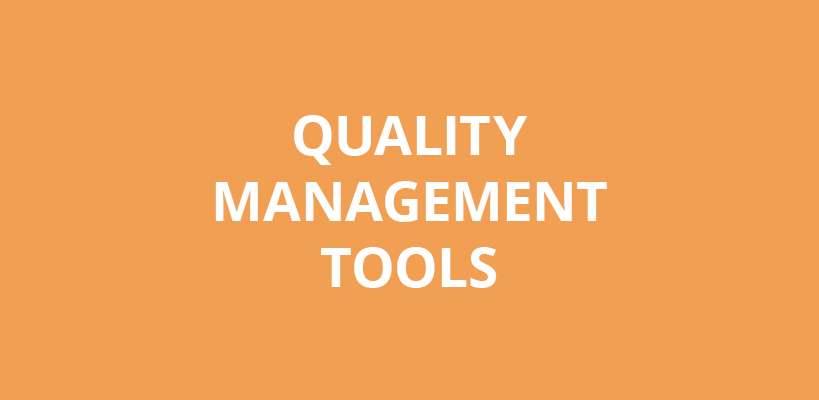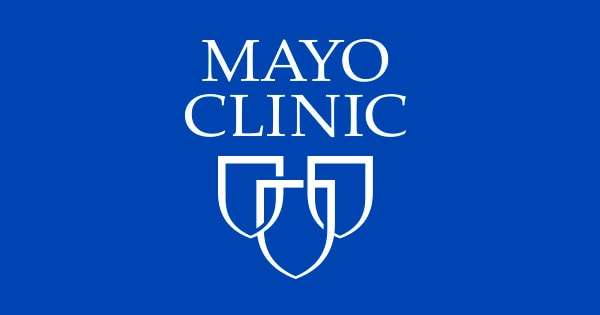Here follows a brief description of the basic set of Total Quality Management tools. They are:
Pareto Principle

The Pareto principle suggests that most effects come from relatively few causes. In quantitative terms: 80% of the problems come from 20% of the causes (machines, raw materials, operators etc.); 80% of the wealth is owned by 20% of the people etc. Therefore effort aimed at the right 20% can solve 80% of the problems. Double (back to back) Pareto charts can be used to compare ‘before and after’ situations. General use, to decide where to apply initial effort for maximum effect.
Scatter Plots

A scatter plot is effectively a line graph with no line – i.e. the point intersections between the two data sets are plotted but no attempt is made to physically draw a line. The Y axis is conventionally used for the characteristic whose behaviour we would like to predict. Use, to define the area of relationship between two variables.
Warning: There may appear to be a relationship on the plot when in reality there is none, or both variables actually relate independently to a third variable.
Control Charts

Control charts are a method of Statistical Process Control, SPC. (Control system for production processes). They enable the control of distribution of variation rather than attempting to control each individual variation. Upper and lower control and tolerance limits are calculated for a process and sampled measures are regularly plotted about a central line between the two sets of limits. The plotted line corresponds to the stability/trend of the process. Action can be taken based on trend rather than on individual variation. This prevents over-correction/compensation for random variation, which would lead to many rejects.
Flow Charts

Pictures, symbols or text coupled with lines, arrows on lines show direction of flow. Enables modelling of processes; problems/opportunities and decision points etc. Develops a common understanding of a process by those involved. No particular standardisation of symbology, so communication to a different audience may require considerable time and explanation.
Cause and Effect , Fishbone, Ishikawa Diagram

The cause-and-effect diagram is a method for analysing process dispersion. The diagram’s purpose is to relate causes and effects. Three basic types: Dispersion analysis, Process classification and cause enumeration. Effect = problem to be resolved, opportunity to be grasped, result to be achieved. Excellent for capturing team brainstorming output and for filling in from the ‘wide picture’. Helps organise and relate factors, providing a sequential view. Deals with time direction but not quantity. Can become very complex. Can be difficult to identify or demonstrate interrelationships.
Histogram or Bar Graph

A Histogram is a graphic summary of variation in a set of data. It enables us to see patterns that are difficult to see in a simple table of numbers. Can be analysed to draw conclusions about the data set.
A histogram is a graph in which the continuous variable is clustered into categories and the value of each cluster is plotted to give a series of bars as above. The above example reveals the skewed distribution of a set of product measurements that remain nevertheless within specified limits. Without using some form of graphic this kind of problem can be difficult to analyse, recognise or identify.
Check Sheets
A Check Sheet is a data recording form that has been designed to readily interpret results from the form itself. It needs to be designed for the specific data it is to gather. Used for the collection of quantitative or qualitative repetitive data. Adaptable to different data gathering situations. Minimal interpretation of results required. Easy and quick to use. No control for various forms of bias – exclusion, interaction, perception, operational, non-response, estimation.
Check Lists
A Checklist contains items that are important or relevant to a specific issue or situation. Checklists are used under operational conditions to ensure that all important steps or actions have been taken. Their primary purpose is for guiding operations, not for collecting data. Generally used to check that all aspects of a situation have been taken into account before action or decision making. Simple, effective.
References
- The Tools of Quality; Quality Progress, Nov 1990; J T Burr.
- The Tools of Quality; Quality Progress, Aug 1990; P D Shainin.
- Sarazen, JS., The Tools of Quality; Quality Progress, July 1990.
- Production Systems; J L Riggs, Wiley, 1987.
- Production/Operations management; Terry Hill, PHI, 1983.
- The Tools of Quality; Quality Progress, Sept 1990; The Juran Institute
Find us on
![]()
![]()
![]()
![]()
![]()
![]()
![]()
Total Quality Management (TQM) Tools
Total quality management (TQM) tools help organizations to identify, analyze and assess qualitative and quantitative data that is relevant to their business. These tools can identify procedures, ideas, statistics, cause and effect concerns and other issues relevant to their organizations. Each of which can be examined and used to enhance the effectiveness, efficiency, standardization and overall quality of procedures, products or work environment, in accordance with ISO 9000 standards (SQ, 2004). According to Quality America, Inc. the number of TQM tools is close to 100 and come in various forms, such as brainstorming, focus groups, check lists, charts and graphs, diagrams and other analysis tools. In a different vein, manuals and standards are TQM tools as well, as they give direction and best practice guidelines to you and/or your staff. TQM tools illustrate and aid in the assimilation of complicated information such as:
1) Identification of your target audience
2) Assessment of customer needs
3) Competition analysis
4) Market analysis
5) Brainstorming ideas
6) Productivity changes
7) Various statistics
8) Staff duties and work flow analysis
9) Statement of purpose
10) Financial analysis
11) Model creation
12) Business structure
13) Logistic analysis
The list goes on, though essentially TQM tools can be used in any situation, for any number of reasons, and can be extremely effective if used properly.
TQM Tools
The following are some of the most common TQM tools in use today. Each is used for, and identifies, specific information in a specific manner. It should be noted that tools should be used in conjunction with other tools to understand the full scope of the issue being analyzed or illustrated. Simply using one tool may inhibit your understanding of the data provided, or may close you off to further possibilities.
1) Pie Charts and Bar Graphs
Used to identify and compare data units as they relate to one issue or the whole, such as budgets, vault space available, extent of funds, etc.
2) Histograms
To illustrate and examine various data element in order to make decisions regarding them Effective when comparing statistical, survey, or questionnaire results.
3) Run Chart
Follows a process over a specific period of time, such as accrual rates, to track high and low points in its run, and ultimately identify trends, shifts and patterns.
a) Pareto Charts / Analysis
Rates issues according to importance and frequency by prioritizing specific problems or causes in a manner that facilitates problem solving. Identify groupings of qualitative data, such as most frequent complaint, most commonly purchased preservation aid, etc. in order to measure which have priority.· Can be scheduled over select periods of time to track changes. They can also be created in retrospect, as a before and after analysis of a process change.
4) Force Field Analysis
To identify driving and restraining forces occurring in a chosen process in order to understand why that particular process functions as it does. For example, identifying the driving and restraining forces of catering predominantly to genealogists. To identify restraining forces that need to be eradicated, or driving forces that need to be improved, in order to function at a higher level of efficiency.
5) Focus Groups
Useful for marketing or advertising organizations to test products on the general public.
· Consist of various people from the general public who use and discuss your product, providing impartial feedback to help you determine whether your product needs improvement or if it should be introduced onto the market.
6) Brainstorming and Affinity Diagrams
Teams using creative thinking to identify various aspects surrounding an issue.
An affinity diagram, which can be created using anything from enabling software to post-it notes organized on a wall, is a tool to organize brainstorming ideas
.7) Tree Diagram
· To identify the various tasks involved in, and the full scope of, a project.
· To identify hierarchies, whether of personnel, business structure, or priorities.
· To identify inputs and outputs of a project, procedure, process, etc
.8) Flowcharts and Modeling Diagrams
· Assist in the definition and analysis of each step in a process by illustrating it in a clear and comprehensive manner.
· Identify areas where workflow may be blocked, or diverted, and where workflow is fluid.
· Identify where steps need to be added or removed to improve efficiency and create standardized workflow
.9) Scatter Diagram
· To illustrate and validate hunches
· To discover cause and effect relationships, as well as bonds and correlations, between two variables
· To chart the positive and negative direction of relationships
10) Relations Diagram
· To understand the relationships between various factors, issues, events, etc. so as to understand their importance in the overall organizational view.
11) PDCA
· The Plan-Do-Check-Act style of management where each project or procedure is planned according to needs and outcome, it is then tested, examined for efficiency and effectiveness, and then acted upon if anything in the process needs to be altered.
· This is a cyclical style to be iterated until the process is perfected. All of these TQM tools can be easily created and examined by using various types of computer software or by simply mapping them out on paper. They can also be easily integrated into team meetings, organizational newsletters, marketing reports, and for various other data analysis needs. Proper integration and use of these tools will ultimately assist in processing data such as identifying collecting policies, enhancing work flow such as mapping acquisition procedures, ensuring client satisfaction by surveying their needs and analyzing them accordingly, and creating an overall high level of quality in all areas of your organization.




